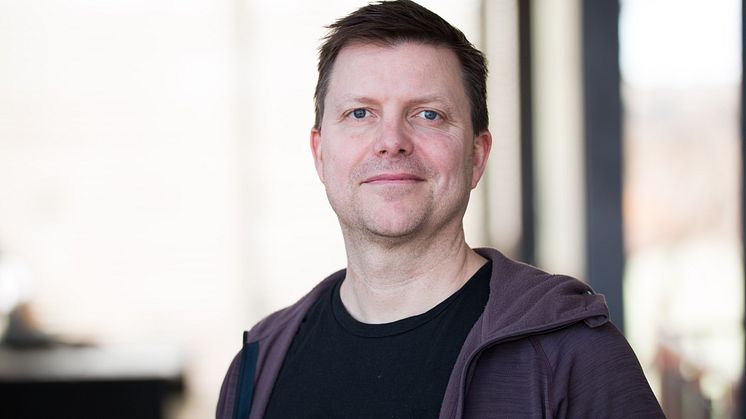Press release -
Introducing competition between schools involves a lot of work and major costs
After the introduction of the freedom to choose between upper secondary schools in 1992, it took nearly ten years for upper secondary school heads in a municipality to start seeing themselves as competitors for school students. Any analysis of change from a later perspective needs to bear in mind that a transition of this kind takes a good deal of organising, costs a lot of money and takes many years to become established. This is shown by a new study of the introduction of competition between upper secondary schools, published in the journal Socio-Economic Review.
“It was surprising that it took such a long time for a reform to promote competition to take effect. In the municipality we studied it took roughly ten years. We had expected it would be a matter of a couple of years at the most,” says Stefan Arora-Jonsson, Professor of Business Studies at Uppsala University, one of the authors behind the study.
One of the ideas behind the 1992 school choice reform, when free school choice was introduced, allowing upper secondary students to choose which school to attend, was that upper secondary schools would begin to compete for students. In a new research study, researchers in business studies have examined how the process went. Unlike previous studies of introducing competition, where the assumption has been that competition arises as soon as there are several schools to choose between, this study set out from interviews with school heads and managers in the municipal education system, along with analysis of archive materials to determine how the introduction of competition had played out. In their research, the authors interviewed 24 current and former school heads and employees in the education system in a medium-sized municipality. One question for future research is the extent to which the findings can be generalised to apply to other municipalities, particularly in the metropolitan regions.
The study shows that nearly ten years passed before the school heads felt they were in competition with one another. The new competitive approach required many years of far-reaching reorganisation of the municipal school system, training for teachers and school heads, and a change in the admission rules for students. When the school heads did see one another as competitors, further reorganisation was needed to enable them to compete while still cooperating in certain areas.
One of the conclusions is that the introduction of competition can entail significant costs, require radical organisational changes, take several years to work out and lead to further reorganisations. These costs should be viewed in the light of numerous international and Swedish studies that show that introducing competition between schools leads to marginal changes in students’ learning opportunities.
“Our research shows that introducing competition involves a far greater disruption of ongoing activities than was previously thought. People usually think about the changes that occur once competition has been established, but we show that major changes are needed for competition even to become established. When the effects of introducing competition are evaluated, the costs of these changes also need to be included in the analysis,” says Arora-Jonsson.
Article: Stefan Arora-Jonsson, Peter Edlund, Teaching schools to compete: the case of Swedish upper secondary education, Socio-Economic Review, 2024; mwad074, https://doi.org/10.1093/ser/mwad074
For further information:
Stefan Arora-Jonsson, Professor of Business Studies, Department of Business Studies, Uppsala University, email: stefan.jonsson@fek.uu.se, phone: +46-18-471 3959
Related links
Topics
Categories
Founded in 1477, Uppsala University is the oldest university in Sweden. With more than 50,000 students and 7,500 employees in Uppsala and Visby, we are a broad university with research in social sciences, humanities, technology, natural sciences, medicine and pharmacology. Our mission is to conduct education and research of the highest quality and relevance to society on a long-term basis. Uppsala University is regularly ranked among the world’s top universities. www.uu.se

